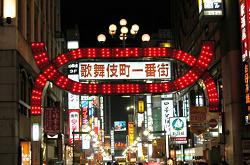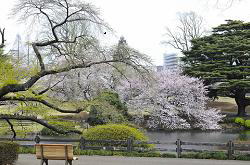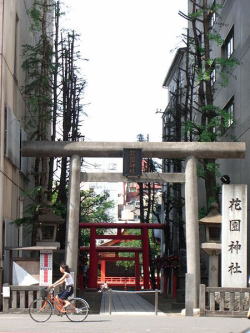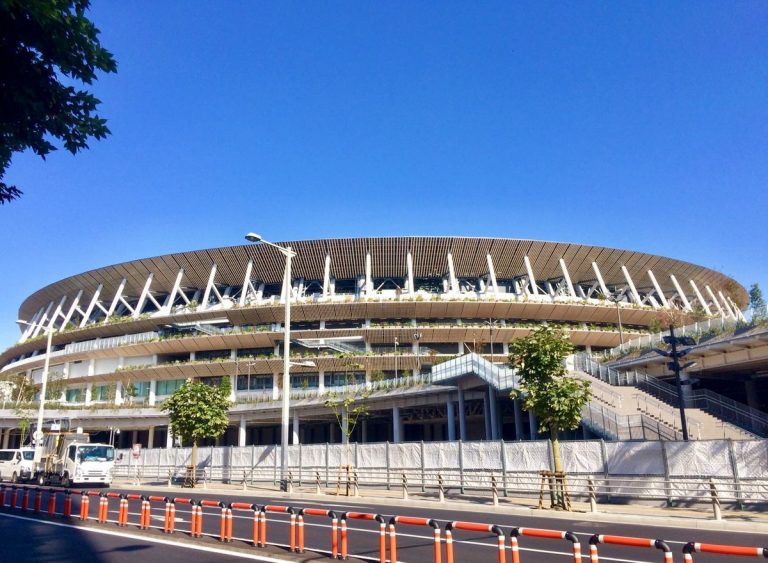Surrounding map
東京都庁【(Tokyo) Metropolitan Government (Office)】

The Tokyo Metropolitan Government Building, which was relocated in 1991 (Heisei 3), is one of the best landmarks in Tokyo designed by architect Kenzo Tange. The observation room on the 45th floor of the 1st Main Government Building offers a panoramic view of Tokyo from a height of 202m above the ground. It is open to the general public, including restaurants, cafes, and staff cafeterias inside the government building. Tokyo Metropolitan Government Building Observatory 9:30-23:00 (Admission is 30 minutes before closing) Free of charge.
歌舞伎町【Kabukicho】

Shinjuku is known as the city that never sleeps because is one of the largest
and the busiest entertainment districts in Japan. You will find entertainments
such as restaurants, bars, theaters, movie theaters, arcades, karaoke boxes,
etc.
There are many amusement facilities and also famous for the town where
the PS3 game "Ryu ga Gotoku" series was set. The front gate of
Ichibangai in the photo is a 15-minute walk from the hotel.
新宿御苑前【ShinjyukuGyoen】

The garden of the Imperial Palace in 1906 (Meiji 39) became a national park in 1949 (Showa 24). A famous garden where a French orthopedic garden, an English landscape garden, and a Japanese garden are in harmony. There are buildings related to the imperial family, tea rooms and restaurants in the park, and the cherry blossoms in spring, the autumn leaves in autumn, and the chrysanthemum flowerbed exhibition in November are held. It is less than 8 minutes walk from our hotel.
花園神社【HanazonoShrine】

The red-painted shrine protects the vibrant city of Shinjuku and is a tourist attraction. It is also a popular place to relax. Every Sunday, the "Blue Sky Antique Market" is held (canceled in bad weather). At the "Tori no Ichi" in November, street vendors and spectacle huts selling prosperous rakes line up.
